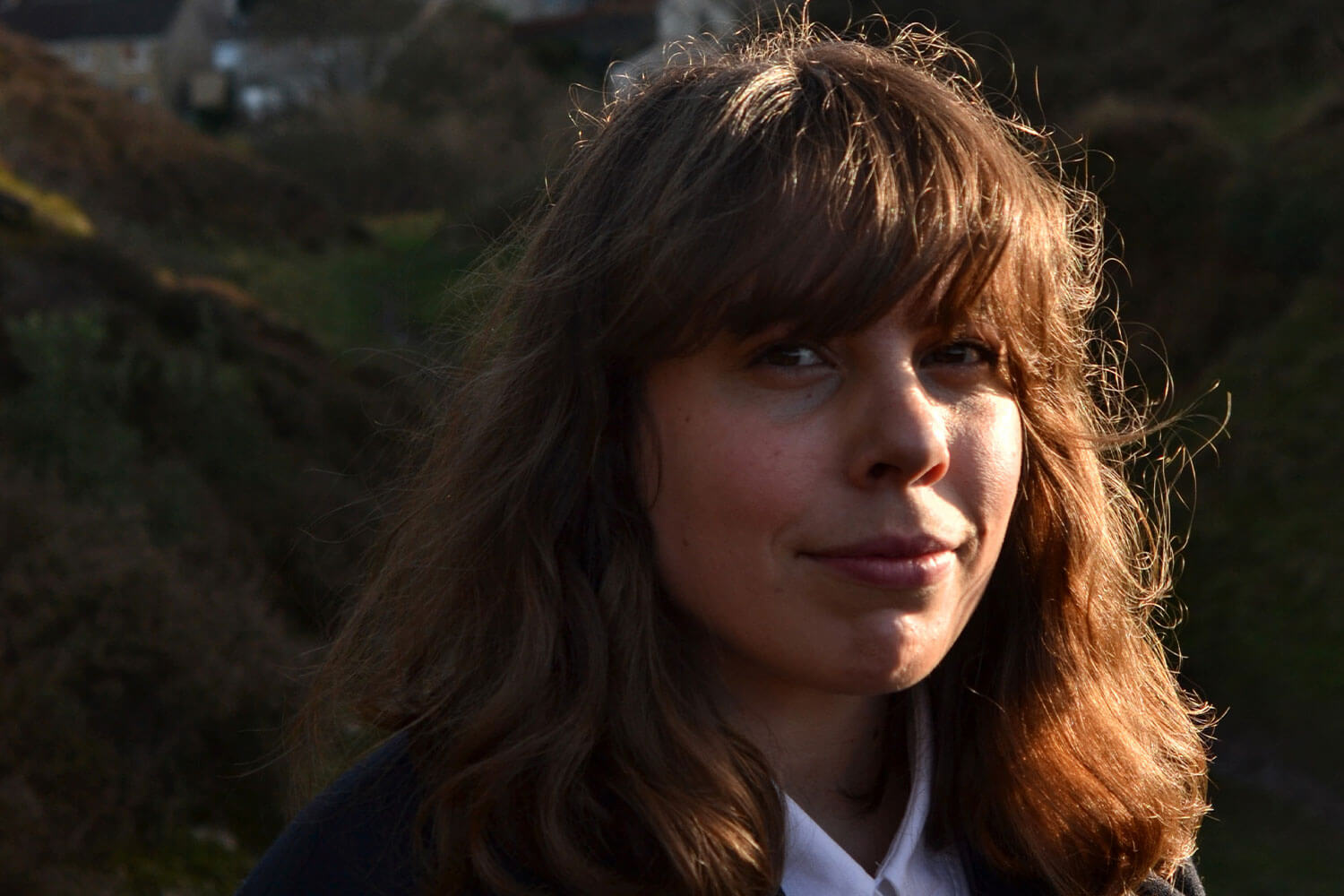Capes and Commentary
News
Capes and Commentary: How a BSU module is shaping new stories
Thursday, 8 May, 2025As a medium, comics and graphic novels have been inspiring, entertaining and educating since their introduction to print in the late 1800s. Since then, caped crusaders, anthropomorphic beagles and grizzled zombie hunters have captured the hearts of millions of readers. According to the Comics Cultural Impact Collective, 31% of adults read or have read comics and 40% of young people read them on a monthly basis.
With the recent boom in superhero media, led by the Marvel’s Cinematic Universe (MCU), introducing a new generation of comic fans to the medium, Bath Spa University is taking the opportunity to explore how this mix of illustration and narrative can be used to tell compelling stories.
Writing Graphic Novels and Comics, led by BSU Creative Writing lecturer and alumni Hannah Chapman and co-taught by Jayde Perkin, introduces Creative Writing students to the techniques, context, and rich visual language of comics.

Hannah’s background as a writer specialising in critical biography offers students an insight into the creation of non-fiction comics, complimented by Jayde’s experience writing and illustrating her autobiographical comics and visual storytelling.
Speaking about the module, Hannah said:
“I designed the module for people who have never made comics or read many, if any. We start with a session on how to read comics, establishes the fundamentals of the medium, and take it from there.
We get the students writing 4-panel diary comics quite early ona and build up to them writing scripts for longer pieces. We take things a step further, teaching students how to make their own mini-comics and zines, by showing them how to use the photocopiers and how to digitally prepare files, ready to be printed.”
As well as honing their craft as writers, students on the module are also encouraged to try their hand with the visual side of comics. Whilst there’s no requirement to submit artwork in their writing portfolio, the students start each seminar with a drawing activity and end by drawing a self-portrait, allowing them to see their improvement over the course of the module.
Reflecting on this, Hannah says:
“I think it’s vital that the students explore the medium from both sides, but we don’t force anything. In the words of Lynda Barry; ‘there is no such thing as a bad drawing’ and we just try and encourage those students less confident with the drawing side to not be scared of it.”
Indeed, it’s Hannah’s own exposure to comics from a young age that influence her writing today, from the twice-award nominated anthology series Comic Book Slumber Party (Avery Hill Publishing) to the award winning non-fiction graphic novel, Why She Wrote (Chronicle Books), which is available in English and Spanish.
“I grew up reading newspaper strips, like Calvin and Hobbes or my mum’s collection of Snoopy. I also used to love reading the photo comics in the Barbie Magazine. Does anyone remember those?”
Despite reading them as a child, I went through a phase of thinking comics weren’t really for me. Then suddenly I was in my 20s reading Skim by Jillian and Mariko Tamaki for the very first time. It really opened my eyes to the medium.”
Hannah is now hoping to impart her wisdom and experience through the course.
When talking about the values that underpin her teaching, Hannah touches on the value of simplicity within story and how small details can paint a bigger picture:
“I try and steer the module away from any one genre. It’s very broad and we do encourage a lot of writing about self because, I think, if you can write a really great comic about you running out of milk, then you can write an excellent comic about Batman running out of milk. You just have to start somewhere.
I think my message for students is: ‘don’t put yourself in a box’. It's really easy to say that ‘I'm the person that makes comics’, or ‘I'm the person that reads Jane Austen’. Actually, the most exciting opportunities come when you allow yourself to have very distinct hobbies and interests, and then you can overlap them. If we think of it like a Venn diagram, there will be a part in the middle that only you can do because you're the only person that has those experiences and those interests. That's where I really want the students to be."